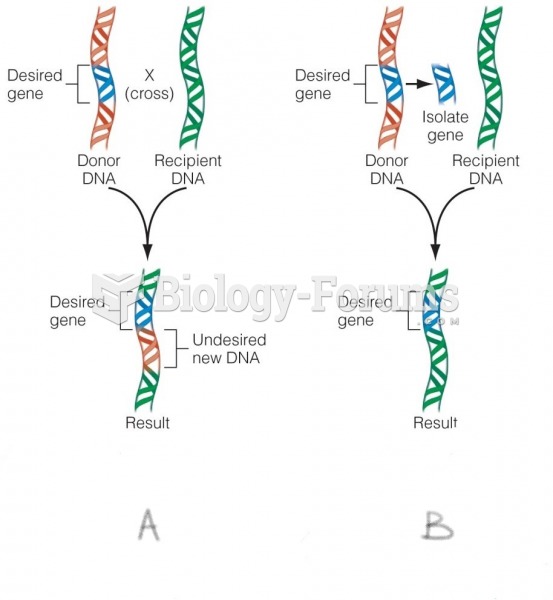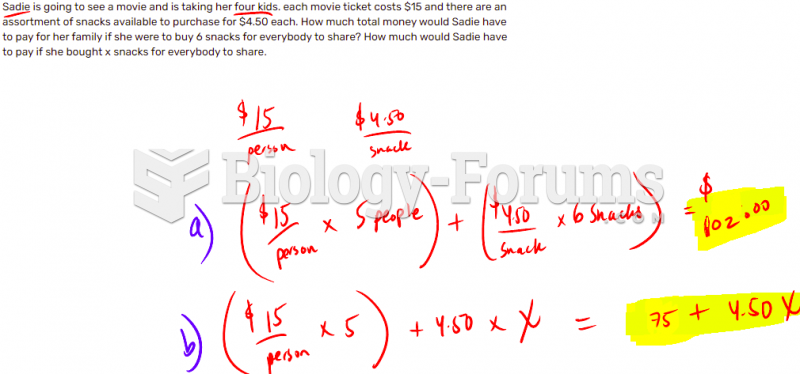Answer to Question 1
1.
Design cost 8,000
Direct materials 32,000
Direct manufacturing labor 38,000
Variable manufacturing overhead 32,000
Fixed manufacturing overhead 26,000
Marketing 14,000
Total cost 150,000
Cost per unit (150,000 75) 2,000
Target cost per unit (2,500 0.75) 1,875
Profit per unit (2,500 2,000) 500
The cost estimate developed by Nampa does not meet Wood Creations' requirements. Value engineering will be needed to reduce the cost per unit to the target cost.
2.
Total costs (requirement 1) 150,000
Less: Reduction in material costs (32,000 60) (19,200)
Add: Increase in design costs 1,100
Total costs of redesigned table 131,900
Revised cost per unit (131,900 75) 1,758.67
Revised target cost per unit (2,400 0.75) 1,800.00
Profit per unit (2,400 1,758.67) 641.33
The design change allows the sculpture to meet Wood Creations' requirements for target costing. The cost of materials is a locked-in cost once the design is finalized.
3.
Revised total cost (150,000 + 3,000) 153,000
Revised cost per unit (153,000 75) 2,040
Revised target cost per unit (2,700 0.75) 2,025
Profit per unit (2,700 2,040) 660
No, this proposal does not allow the sculpture to meet Wood Creations' requirements for target costing. Value engineering will be needed to reduce the cost per unit to the target cost.
4.
Requirement 2 Requirement 3
Revenue (2,400 75; 2,700 75) 180,000 202,500
Total costs 131,900 153,000
Operating income 48,100 49,500
Even without value engineering, Wood Creations should implement the actions in requirement 3. It should spend 3,000 on marketing if it can achieve a price higher than 2,700 even though it does not achieve the target cost because it earns a higher overall operating income. Doing value engineering will help it increase operating income even more relative to requirement 2.
5. The challenges that Wood Creations might encounter in achieving the target cost are mostly employee related. If the employees resist the changes, or struggle with the implementation of the improvements, the target cost will be in danger of not being met. Wood Creations might counter these struggles by adapting its incentive program to reward the desired effects of the changes and improvements.
Wood Creations would also need to think about the customer and whether reducing material costs would reduce demand. For example, the customer may prefer the highest grade of wood that Jensen has used rather than the standard grade of wood that Wood Creations might use to achieve the target cost.
Answer to Question 2
B







